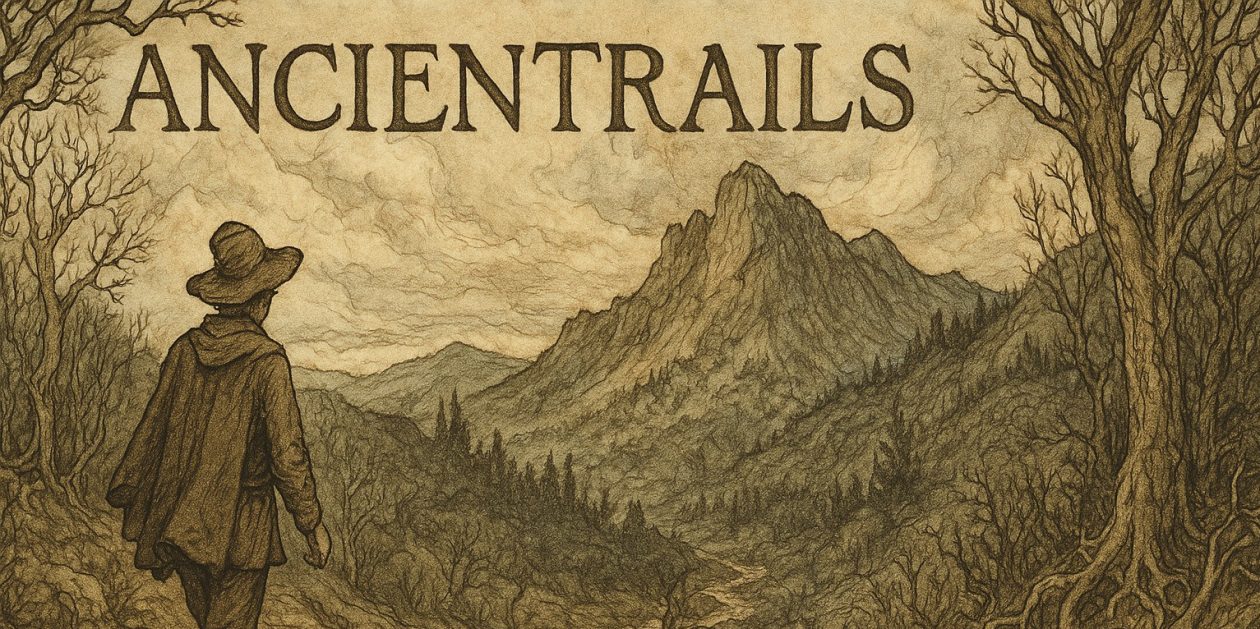Lughnasa Waning Grandchildren Moon
Museums. They’ve played an important role in my life since I was young. In reading a report titled Museum’s 2034 I learned that most people like me can identify a key moment between age 5 and age 9 that cemented a strong relationship with museums. Nothing comes to mind. I may have had such an experience, but if I did I don’t recall it now.
My first memorable museum experiences came on the campus of Ball State University where the small art museum there drew me in on a regular basis. At the time I had three refuges from the hectic life of a late 60’s college student: the library, the sanctuary of a local Catholic church on weekday afternoons and the art museum. In each one I could find my center, fend off the anxieties and confusions of having my whole world torn apart and rebuilt piece by piece.
I never found a comparable place anywhere I lived until I moved to the Twin Cities. At that time the seminary, UTS, offered a quick tour of the Twin Cities for new students. I chose the art focus and went for the first time to the Walker, the MIA and the Guthrie. Over the 30 some years since then I’ve continued to go to all three though Guthrie attendance has waned over the last several years, as has those Friday evenings at the St. Paul Chamber Orchestra.
What is it about museums? Those of us who visit them, who love them, tend to be promiscuous, visiting other museums when out of town, sometimes spending hours in their galleries, maybe even more time than we spend in our own museums. We can’t get enough. Of what?
Auto-didacticism must be a key motivator for all of us. No one but ourselves makes us trek up the stone steps of the Chicago Art Institute or the Met or the National Gallery. We enter sometimes with a plan, sometimes with a hope, sometimes as a seeker, waiting for a moment, an instance when an object meets us in the moment, rocks us back on our feet or pierces our heart or shifts the internal landscape of our mind.
I still remember the first time I saw Cezanne’s Water Lilies in Chicago. I stopped and didn’t move for quite a while. Singer’s Lady in White drew me in the same way in the National Gallery. Breughel’s work in the Kunsthistorische. Botticelli in the Uffizi. The Sistine Chapel. The Winged Victory of Samothrace. Redon’s ethereal work in the Musee D’orsay. Goya’s Dr. Arrieta in our own museum. What happens? A living relationship begins with a work of art, a relationship that will not end until the work has been seen for the last time and not even, it ends not until the work fades from memory. It is so much like falling in love. Allowing another to enter into the intimate spaces, to lay itself down along the most inner corridors of the heart. A line sometimes. Cezanne moves me with his lines, so does Picasso.
And color. Bonnard. Monet. Cezanne. Ukiyo-e prints. Chinese silks and Japanese garments.
At least for me art is first a sensual experience, again the parallel with love. It is a physical attraction, a force of its own, unexplainable and indefinable. It is, later, a dialogue, but one always colored by that first, sense loaded encounter. Museums offer the chance for these experiences and, therefore, I treasure them.
